|
The daisy—that most common, yet often overlooked flower—symbolizes renewal, happiness, positivity, and new beginnings. The name originates from Old English, “day’s eye,” describing the way in which the petals open in the morning and close at night. The symbolism here is obvious, and it’s where we get the phrase “fresh as a daisy”, referring to a refreshing night’s sleep and rejuvenation. By extension, babies and rabbits are associated with daisies, as is April, the first full month of spring. The daisy is a positive little flower, delicate yet strong and full of hope. "Come to me and play with me, I’m the babies’ flower; Make a necklace gay with me, Spend the whole long day with me, Till the sunset hour. I must say Good-night, you know, Till tomorrow’s playtime; Close my petals tight, you know, Shut the red and white, you know, Sleeping till the daytime." The Daisy Fairy, by Cicely Mary Barker Common symbolism for the daisy: When I think of the daisy, memories of childhood and sunny days come flooding back. And there’s a reason for that! Below are a few well-known meanings associated with this delightful flower:
Daisy color symbolism: Daisies aren’t just yellow or white! These underrated flowers come in a wide range of shapes and colors. According to Victorian lore (those Victorians loved their flowers and meanings!), each color of daisy has its own symbolism, such as these:
Daisies in ancient mythology The powerful symbology of the daisy goes much further back in time. Ancient Greeks made daisy wreaths for their temples to honor Astraea, the goddess who gave the flower its name, “aster” (the daisy is part of the plant family, Asteraceae). According to Greek myth, Astraea was saddened by the devastation caused by human war and Jupiter’s subsequent flood, so she begged to be turned into a star. Her tears then became the tiny stars that turned into daisies, seeding the otherwise barren land. In Roman mythology, daisies are associated with the story of Vertumnus and Belides. The nymph Belides transforms herself into a daisy to escape the unwanted advances of the god of the seasons, Vertumnus. The Greeks and Romans weren’t the only ancient cultures to revere the daisy; the ancient Celts and the Norse had their own traditions. In Celtic tradition, daisies were believed to be sprinkled by a god when a child died, and the flowers were used as protective charms for children. Norse mythology associates the daisy with Freya, the goddess of childbirth, motherhood, new beginnings, and fertility, giving rise to the custom of presenting daisies to new mothers. Daisies in the fairy and folk world One memorable fairy tale that features daisies is The Daisy, by Hans Christian Andersen. This thought-provoking little tale captivated me! The short story was long on metaphors for the entirety of human reality. The story begins bright and cheerful like a newborn baby, but as the tale progresses, darker topics creep in, ultimately ending in tragedy and sadness. This tale describes the entire human experience of hope, joy, humility, empathy, and gratitude, eroded by the opposing dark attributes of arrogance, ignorance, apathy, hopelessness, and carelessness, all through the lens of a daisy flower. Shakespeare made symbolic use of the daisy as well. In his play Hamlet, the character Ophelia picks daisies, which symbolize purity and innocence. In this story, her decision to keep the daisies to herself becomes an indictment of the dismal affairs of Denmark. Celtic folklore harnesses the power of the daisy as a means to ward off bad fairies and evil spirits, especially during Beltane (one of the four main festivals on the Celtic calendar wheel). Daisies are one of the revered white flowers associated with Beltane (May Day), celebrated on or around May 1. These flowers are placed at doorways, tied to cattle, or worn as crowns or necklaces to ward off evil spirits or malevolent faeries during this superstitious time of year. Another old folk tradition still with us today is the tradition of picking the petals off the daisy one by one, reciting the familiar saying “he loves me, he loves me not”, hoping that the very last petal lands on “he loves me”! This age-old tradition perfectly encapsulates the daisy’s association with hope, love, and affection. There is so much more to the common daisy than meets the eye. We take this little flower for granted, but our subconscious minds understand its symbolism just the same! So next time you see one of these delicate flowers gently swaying in the breeze, stop and take a moment to appreciate the beauty in its simplicity. If you're looking for a charming, inexpensive gift, visit my Celtic Art page to see my current selection of wood-burned floral plaques! Get a behind-the-scenes look at my artistic process for creating this rustic floral daisy plaque on my YouTube channel, where you'll find tutorials on wood-burning, drawing, and DIY projects. Affiliate disclaimer: This blog post contains Amazon affiliate links. If you click on the link and make a purchase, I will receive a small commission at no additional cost to you. Resource links:
Dorman, C. (2021, March 26). A Celtic Spring of Flowers, Folklore, and Food. Moonfish Writing. https://www.moonfishwriting.com/post/a-celtic-spring-of-flowers-folklore-and-food Meet the Fairies. (n.d.). Flower Fairies. Retrieved October 3, 2025, from https://flowerfairies.com/meet-the-fairies/ Fairy Garden: 15 flowers that attract and welcome the fairies into your garden. (2024, March 15). The Forest Fairy. Retrieved October 3, 2025, from https://theforestfairy.com/flowers-that-attract-and-welcome-the-fairies-into-your-garden/ Smith-Bernstein, I. (n.d.). Themes: Ophelia's Garden. Utah Shakespeare Festival. https://www.bard.org/study-guides/themes-ophelias-garden/ Tales of Fey and Folk. (2022, November 25). The Folklore of Flowers, The Flower Fairy Garden, Bluebell Daffodil Daisy Heather Foxglove. YouTube. https://youtu.be/8vscfQwrGb8?si=YSEpq9vOlsSyCdyB The Daisy by Hans Christian Andersen (1838). (n.d.). Retrieved October 3, 2025, from http://hca.gilead.org.il/daisy.html
0 Comments
Leave a Reply. |
Author
Some of the posts on this site contain affiliate links. This means if you click on the link and purchase the item, I will receive an affiliate commission. Categories
All
Archives
October 2025
|
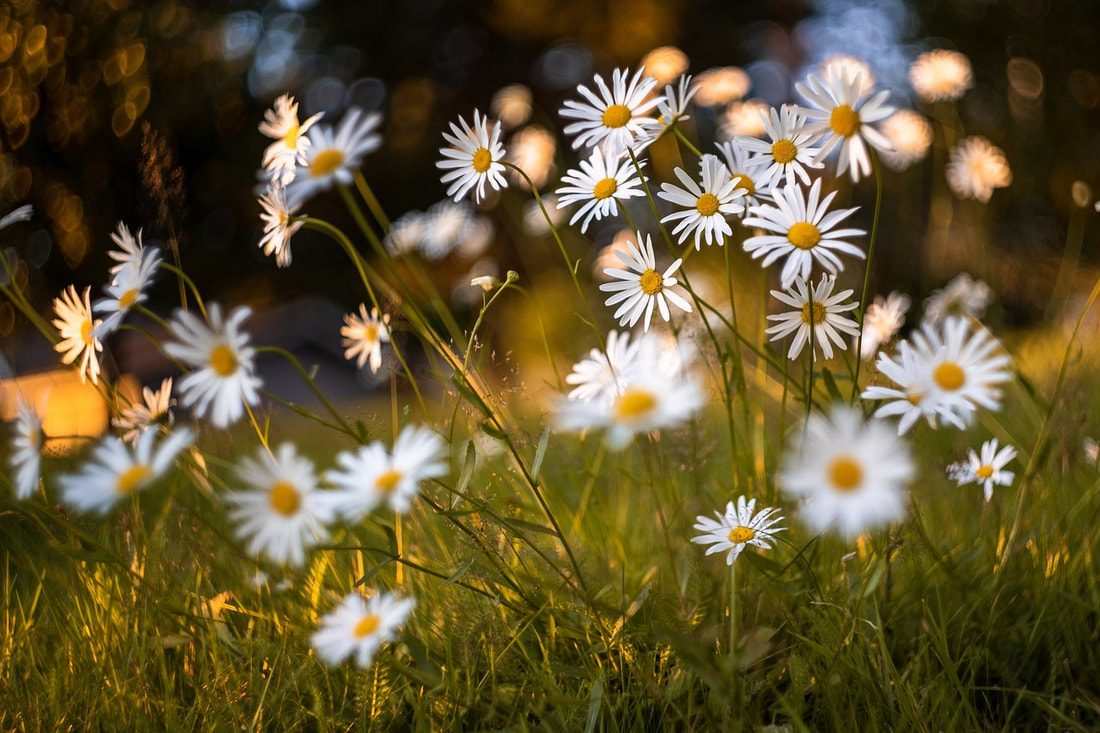
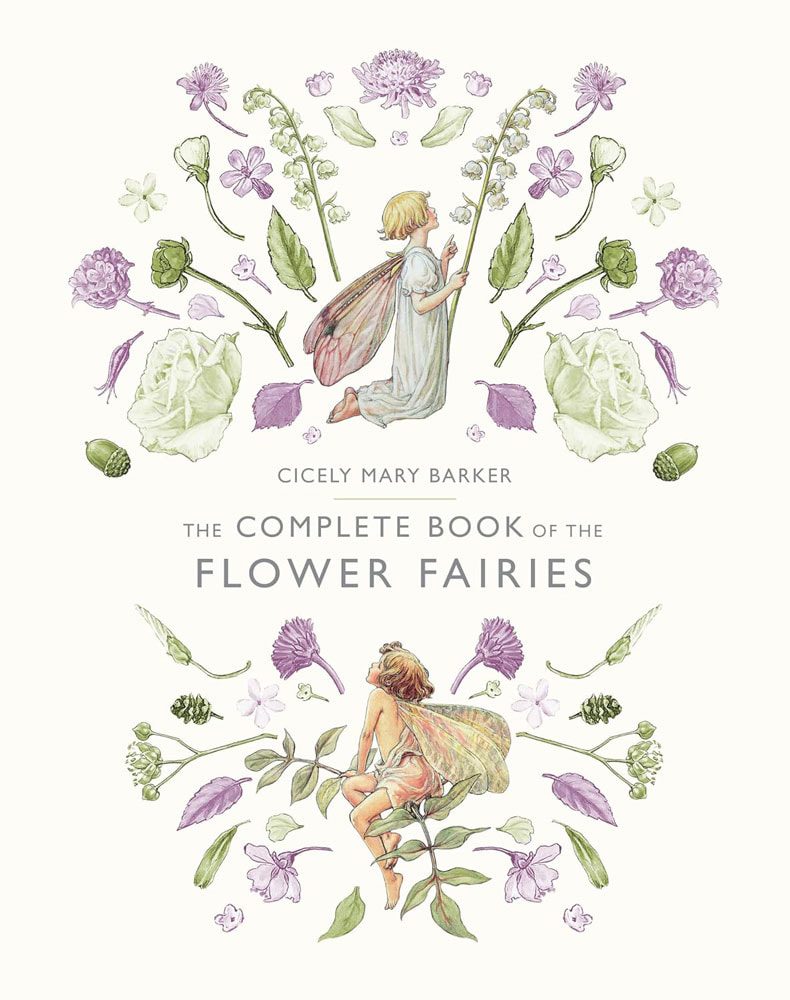
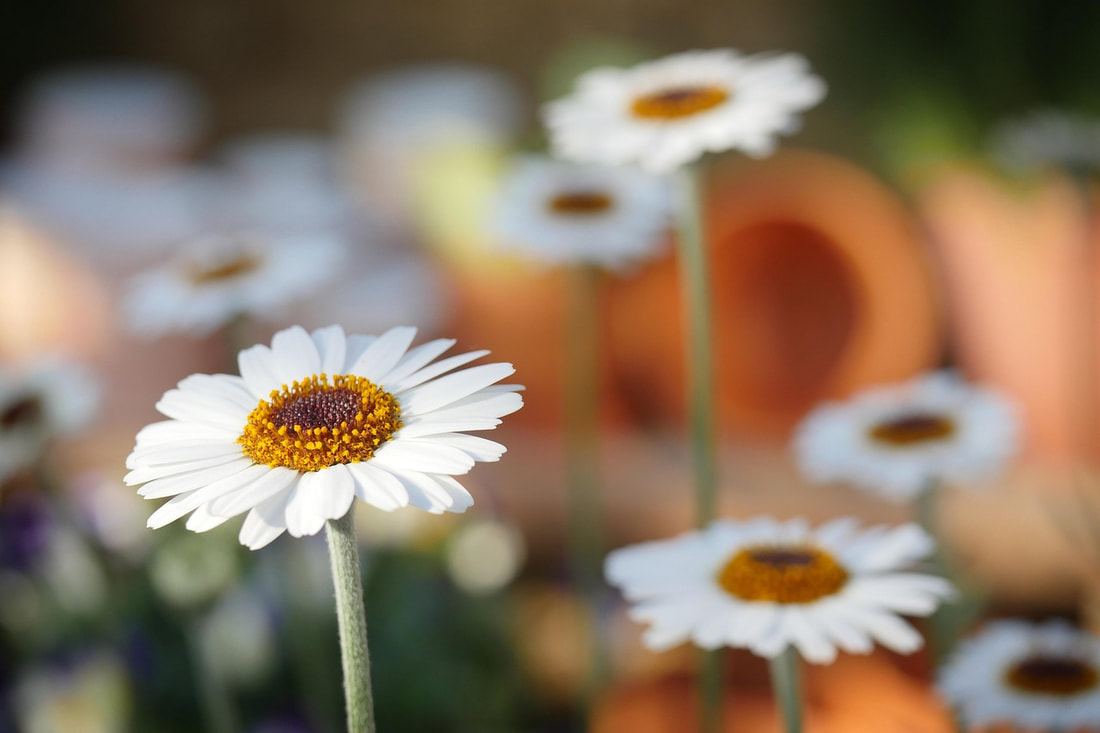
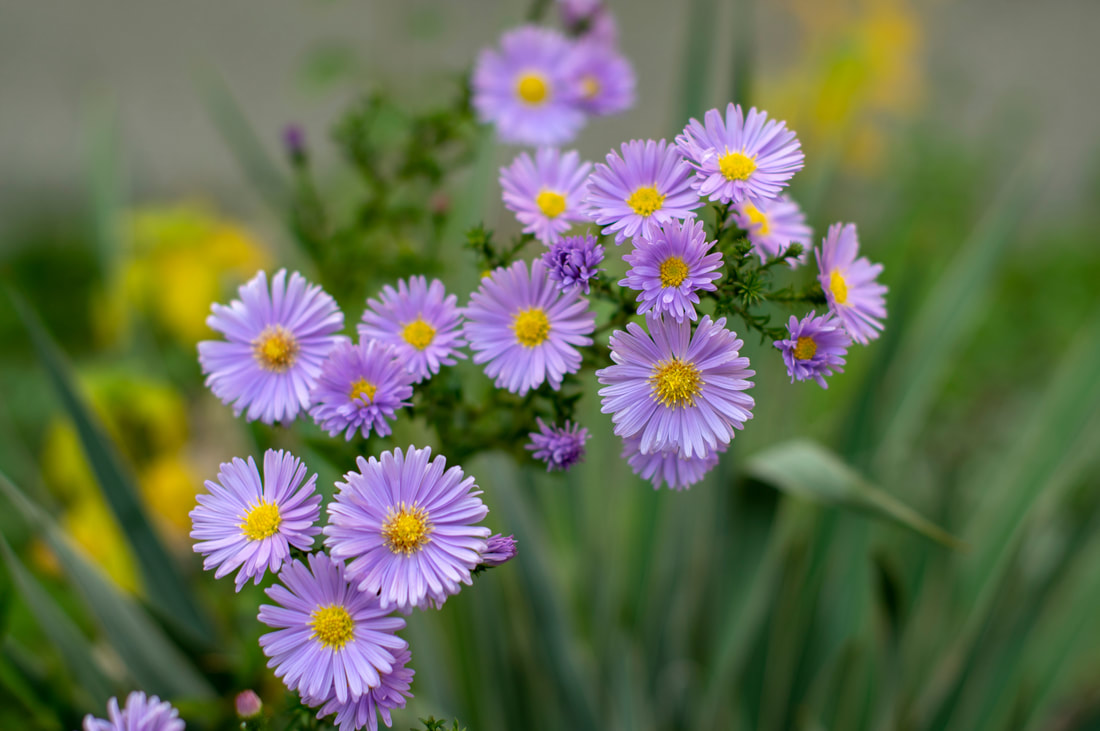
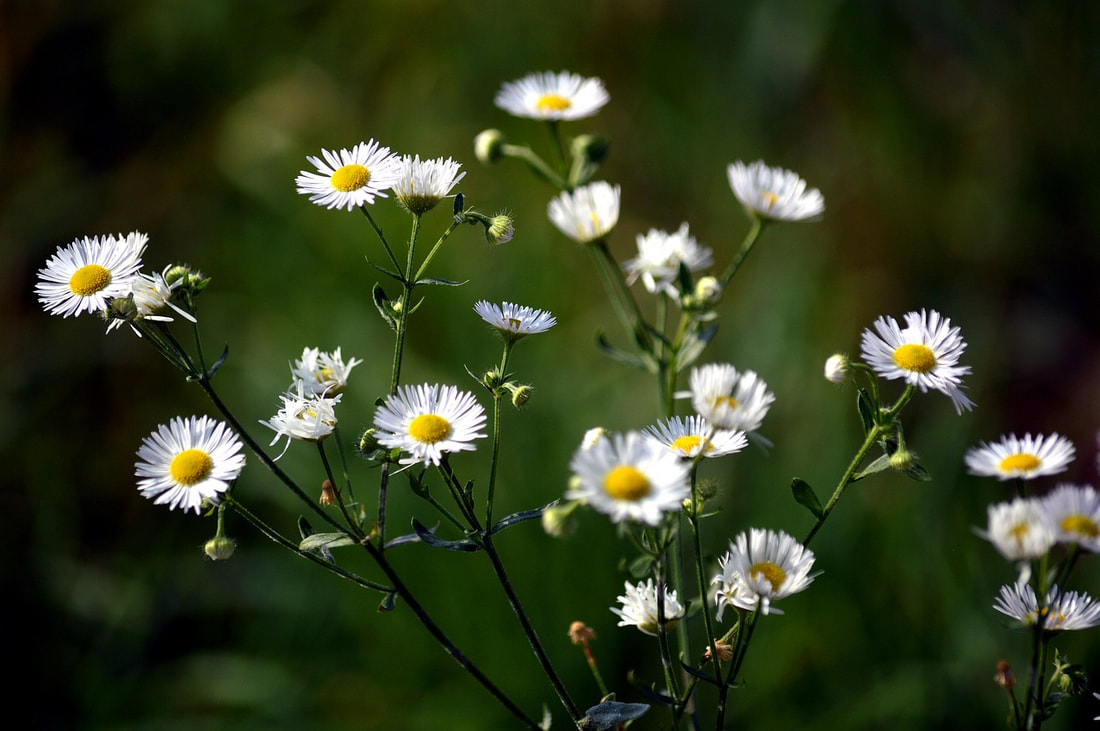
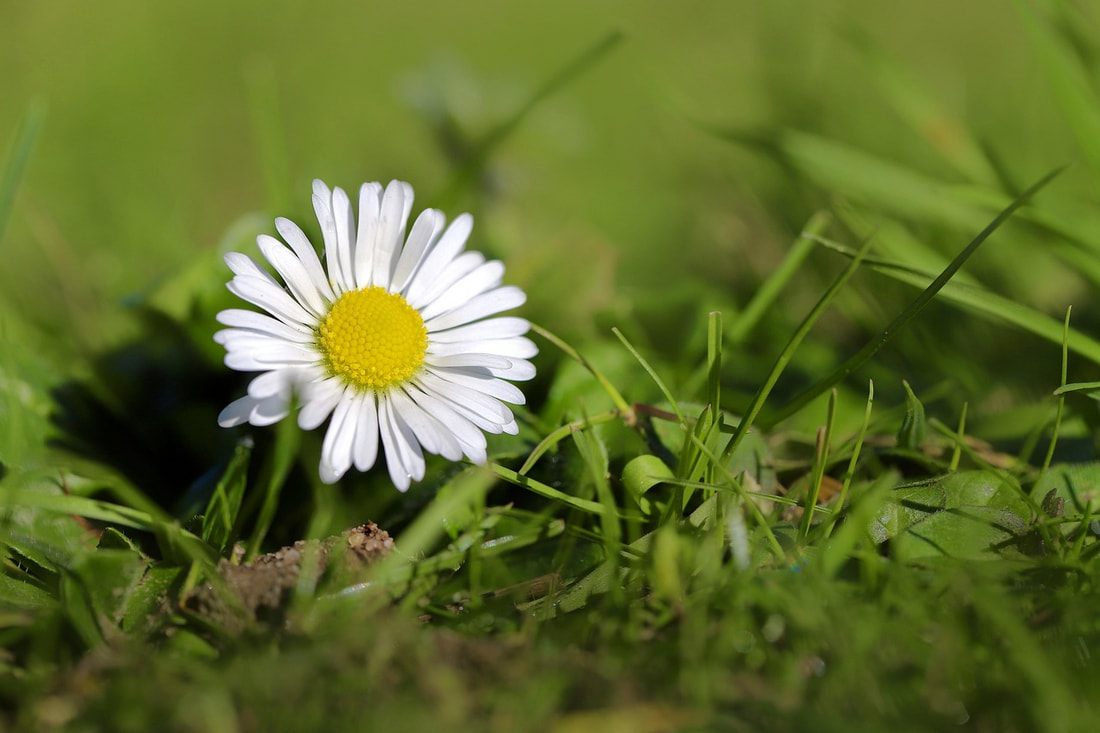


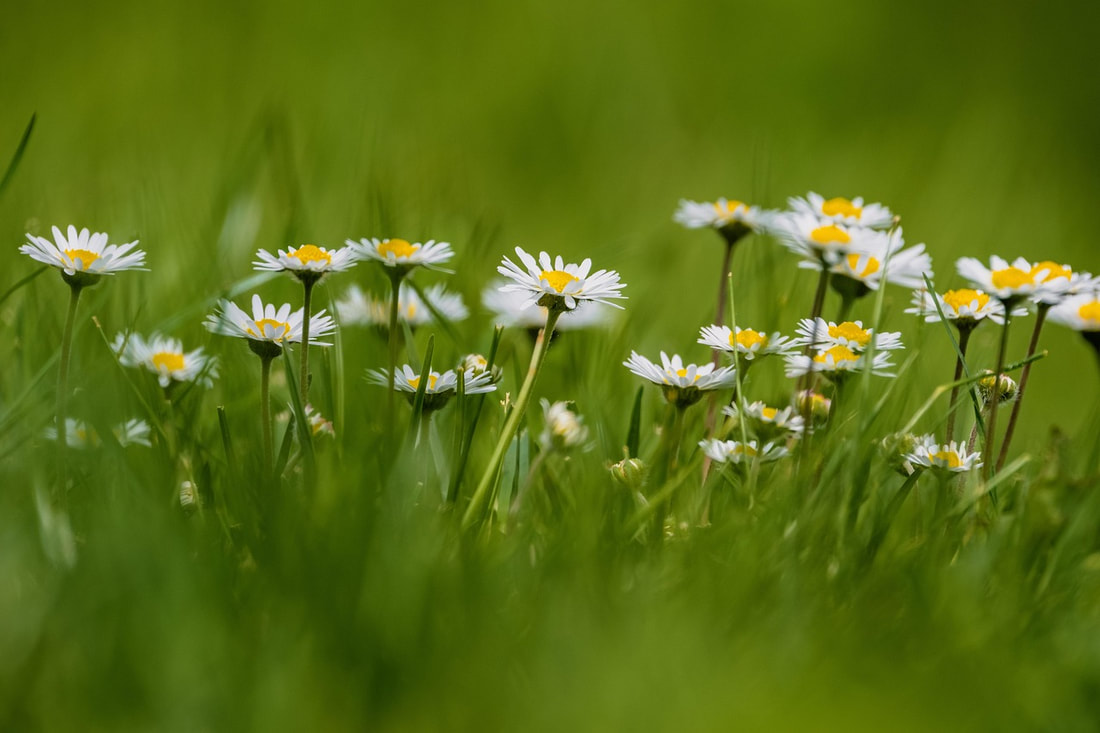
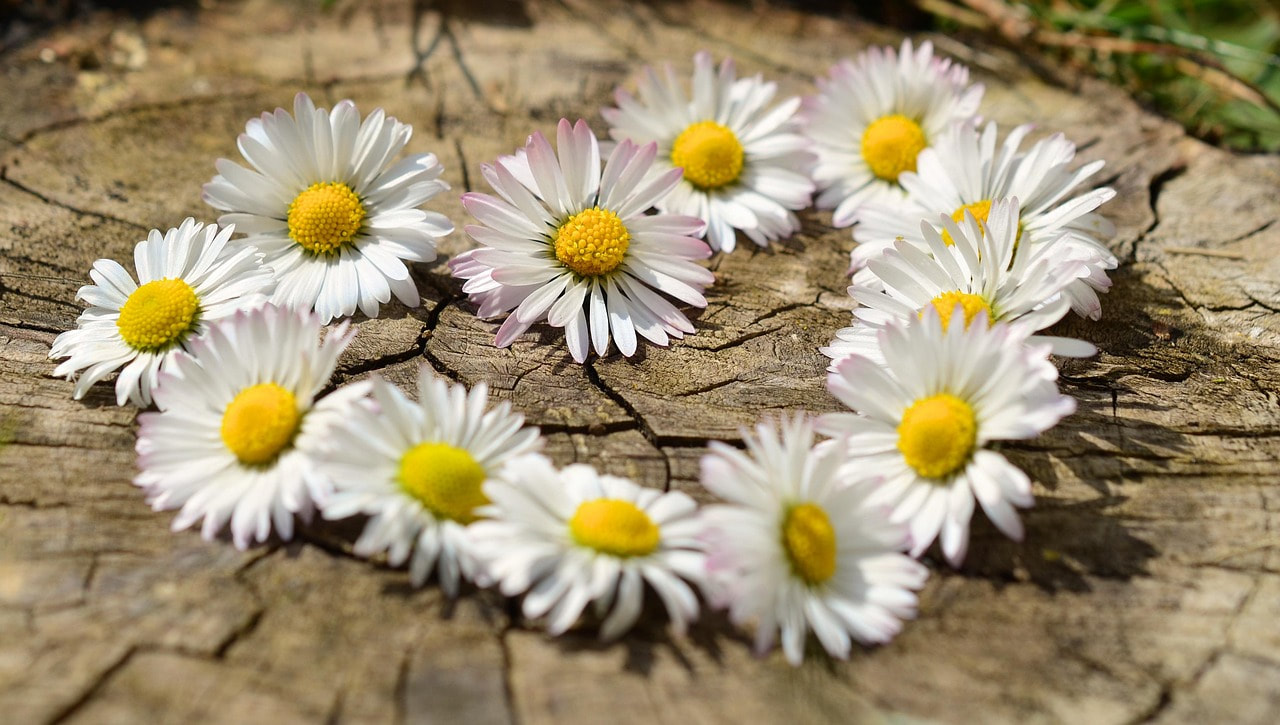
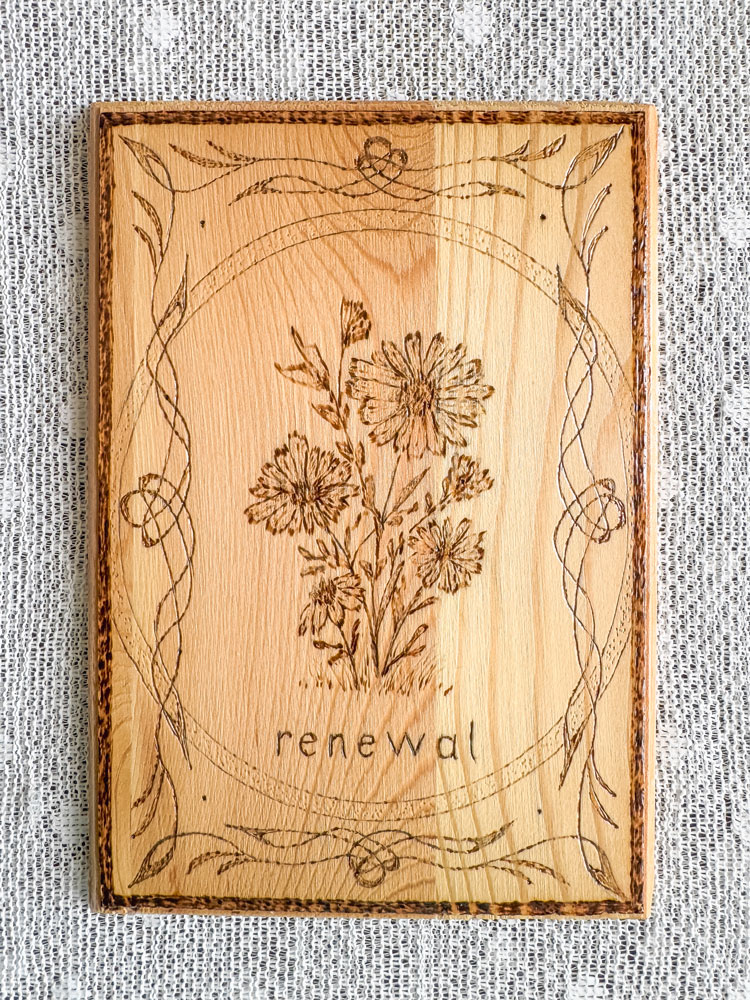
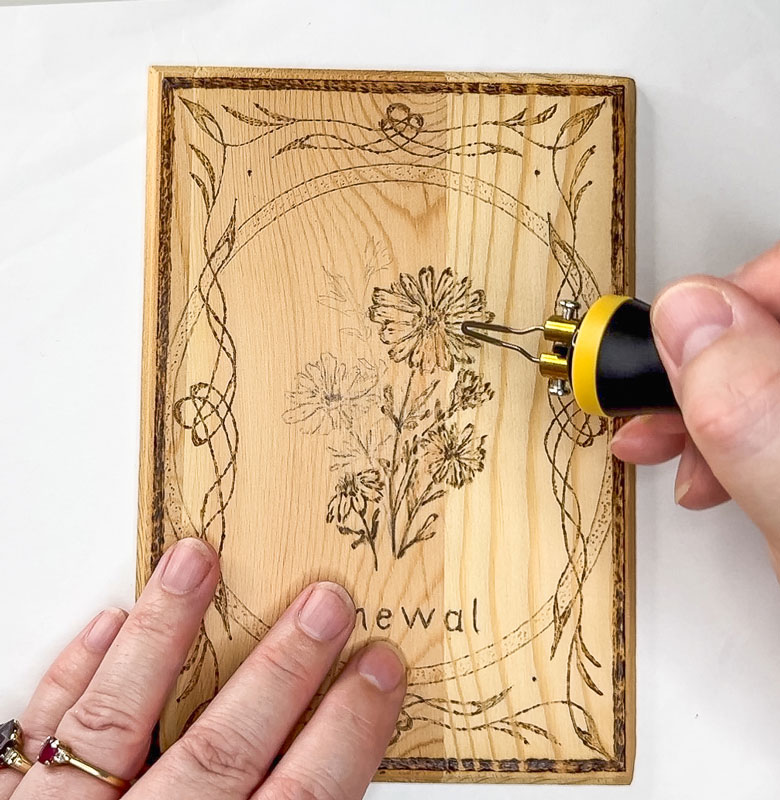

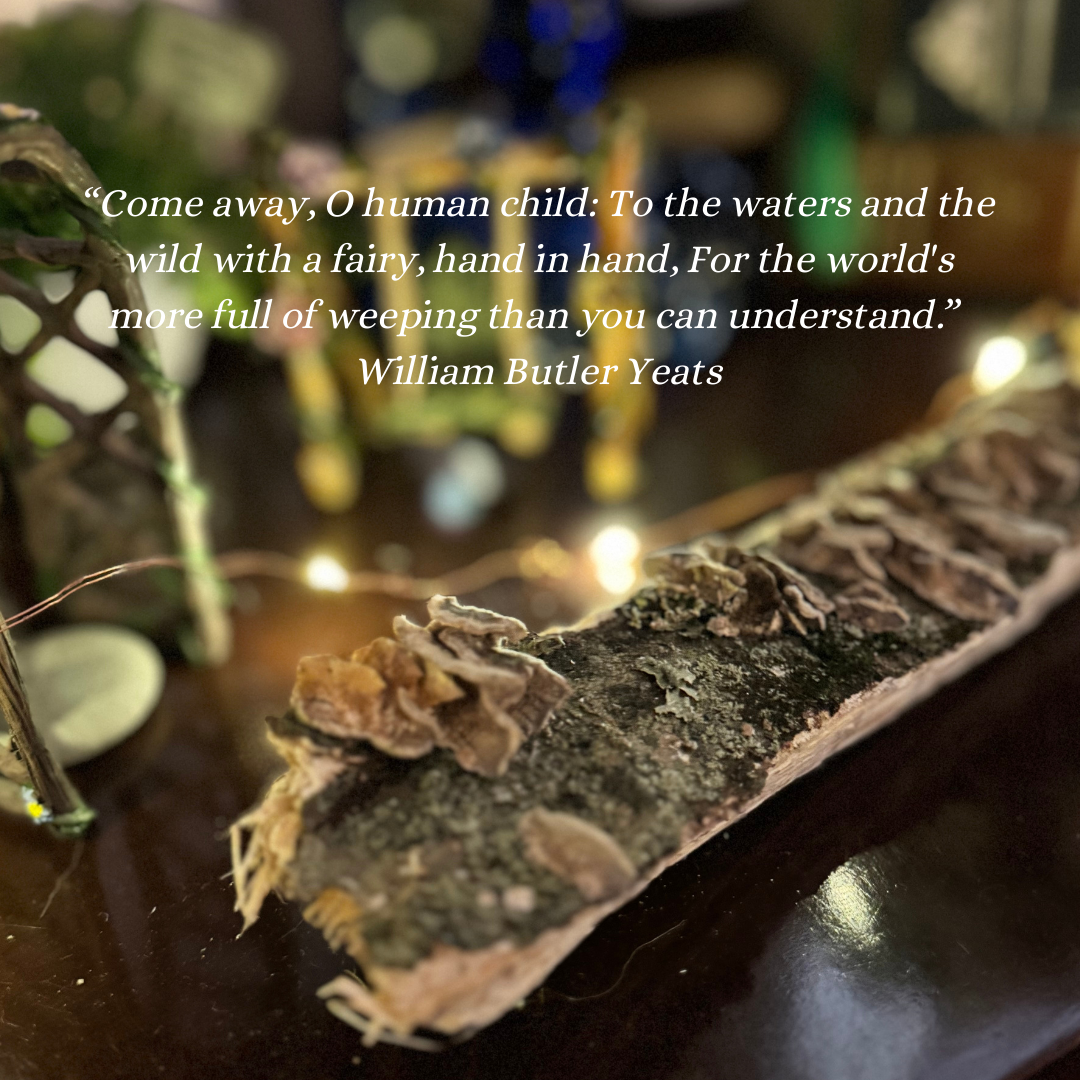

 RSS Feed
RSS Feed
